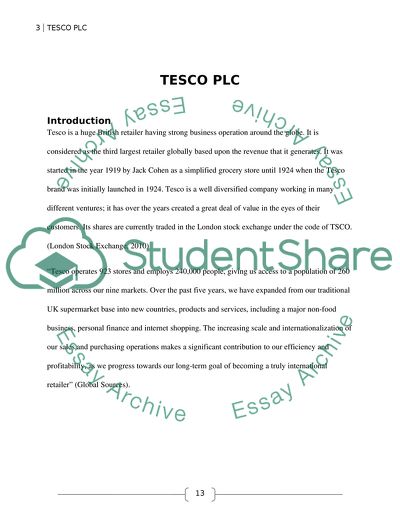Cite this document
(Financial Analysis of Tesco Plc Case Study Example | Topics and Well Written Essays - 2000 words, n.d.)
Financial Analysis of Tesco Plc Case Study Example | Topics and Well Written Essays - 2000 words. https://studentshare.org/finance-accounting/1740464-business-accounting
Financial Analysis of Tesco Plc Case Study Example | Topics and Well Written Essays - 2000 words. https://studentshare.org/finance-accounting/1740464-business-accounting
(Financial Analysis of Tesco Plc Case Study Example | Topics and Well Written Essays - 2000 Words)
Financial Analysis of Tesco Plc Case Study Example | Topics and Well Written Essays - 2000 Words. https://studentshare.org/finance-accounting/1740464-business-accounting.
Financial Analysis of Tesco Plc Case Study Example | Topics and Well Written Essays - 2000 Words. https://studentshare.org/finance-accounting/1740464-business-accounting.
“Financial Analysis of Tesco Plc Case Study Example | Topics and Well Written Essays - 2000 Words”. https://studentshare.org/finance-accounting/1740464-business-accounting.


